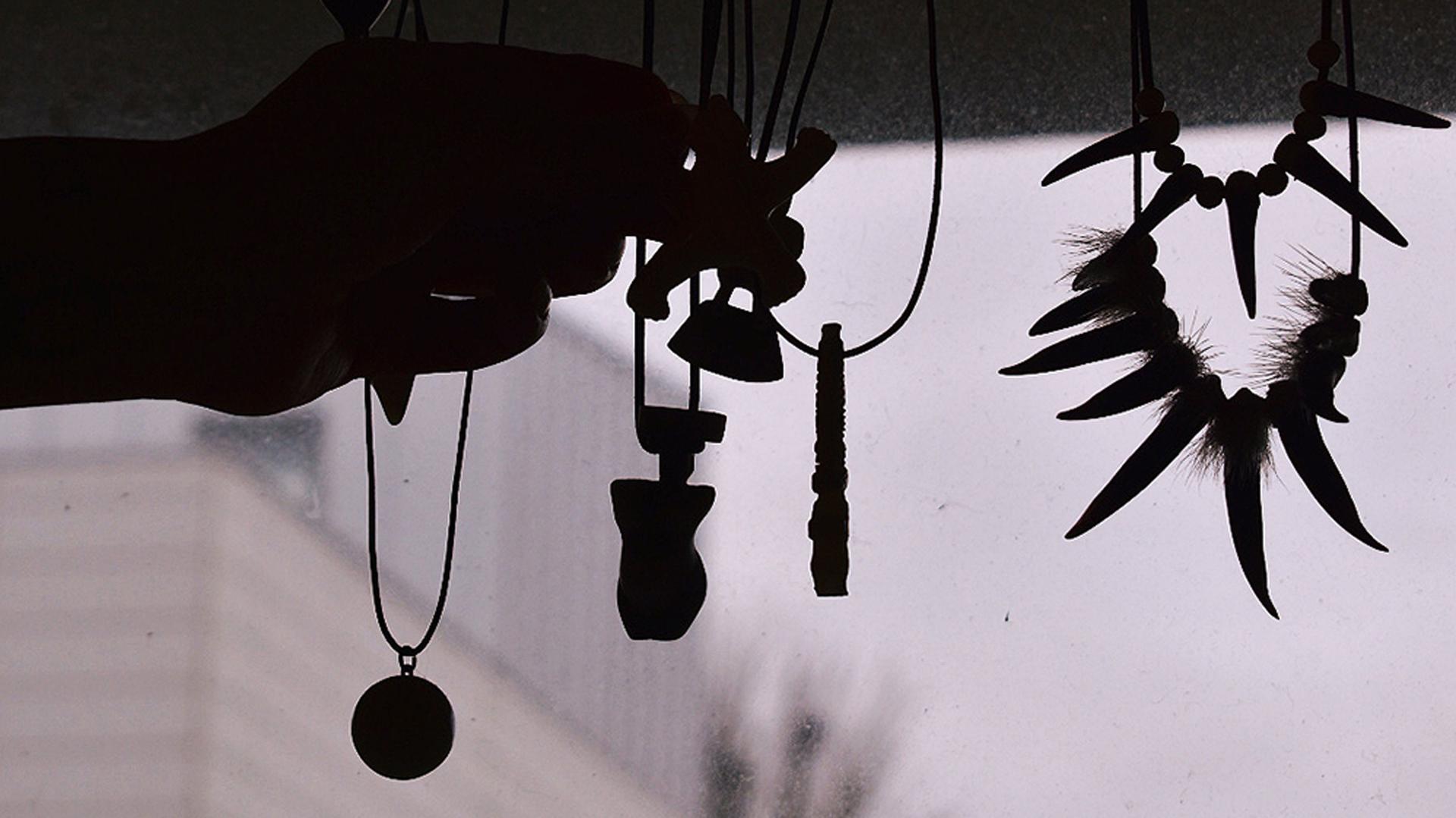Najannguac Dalgård Christensen, 35, pulled back her sleeve on one forearm to reveal a pair of tattoos shaped like train tracks across her wrists.
“I actually got these tattoos right after we got home from interrailing in Europe,” she said in 2022 from the kitchen of her then-home in Aalborg, Denmark. “So, my daughter was convinced that these were train tracks.”
These are traditional Inuit tattoo patterns that speak to her Indigenous Inuit heritage. The markings, she said, represent Sila, a word that carries many meanings, including “breath,” “sky,” “spirit” and “universe.”
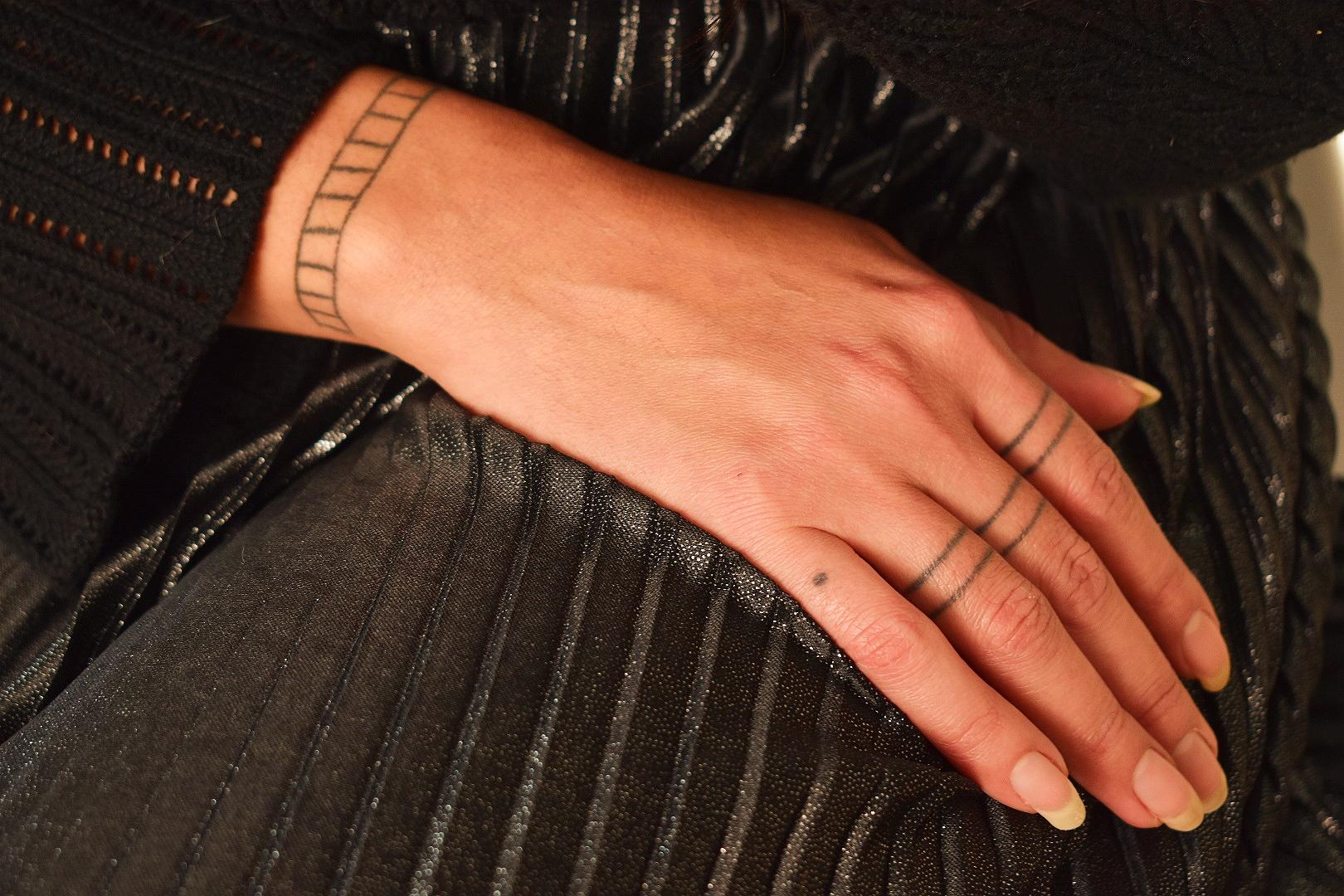
To Christensen, who got the tattoo several years ago, it also means “the Greenlandic belief that we should be aware of who we are and what we can be, and that is attached to each other.”
In precolonial times, Inuit women of Greenland, and across much of the Arctic, would have tattoos on both their bodies and faces, holding important pre-Christian spiritual meaning. Today, some Greenlandic Inuit like Christensen are reclaiming their identity through this long-lost art.
She said that she didn’t always embrace her Greenlander identity — because it is often associated with negative stereotypes about the Inuit diaspora living in Denmark, who colonized the North American island three centuries ago.
“I felt empowered by getting the tattoos because it was like there was some kind of relief that I didn’t have to be embarrassed about being a Greenlander anymore,” Christensen said. “So in that way, I think it has helped me a lot with getting those tattoos because then I can’t hide it, and I can be proud.”
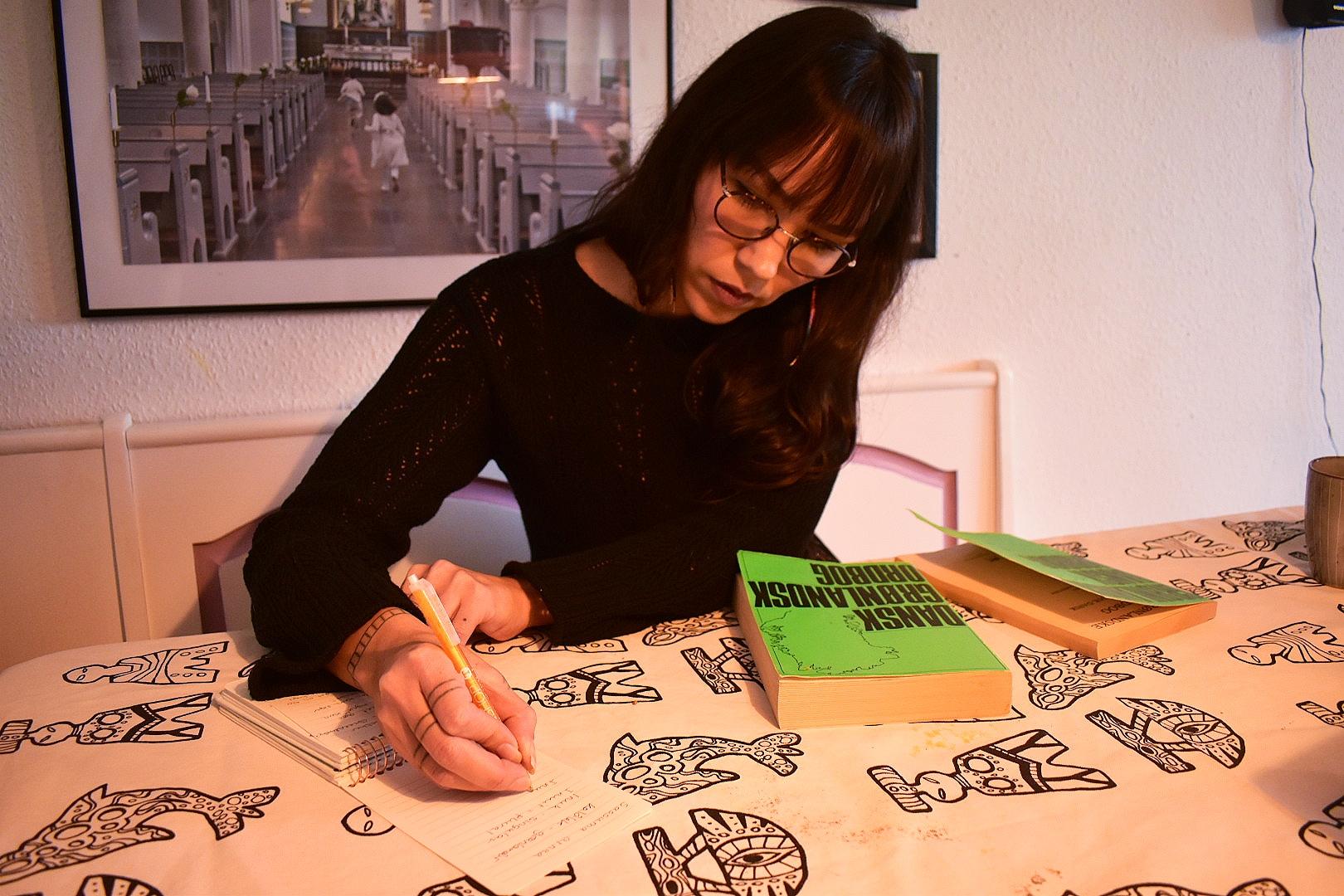
‘Seeking our own identity’
Randi Sørensen Johansen, intangible cultural heritage curator at the Greenland National Museum and Archives, said that the recurrence of traditional Inuit tattoos is a relatively new phenomenon, with more Inuit starting to get them about 10 years ago.
“We are also in a period where we are seeking for our own identity,” she said.
The custom itself is far from new, but tattoos were some of the first traditions to be discouraged when Danish-Norwegian missionaries started colonizing the island at the beginning of the 18th century. The missionaries found tattooing incompatible with Christian faith, Johansen said.
The custom quickly disappeared in western Greenland where the colonization started, but it lasted longest in eastern Greenland, which was colonized much later. As the custom disappeared, so did much of the knowledge about the tattoos’ meaning.
“We didn’t have that tradition of writing down,” Johansen said — Inuit passed knowledge through oral storytelling.
Some of the oldest, preserved knowledge stems from the Qilakitsoq mummies, including six women and two children, dated to about 1475, featuring traditional tattoos across their faces. Several documents and paintings also testify to the practice of tattooing in Greenland.
Inuit would use amulets to protect them from “unwelcome spirits,” but also to help certain attributes or ensure a successful childbirth, among other things. It is likely, Johansen said, that Inuit tattoos were seen as a kind of amulet, giving strength, help or protection to the women or — in rarer cases — men who had gotten them.
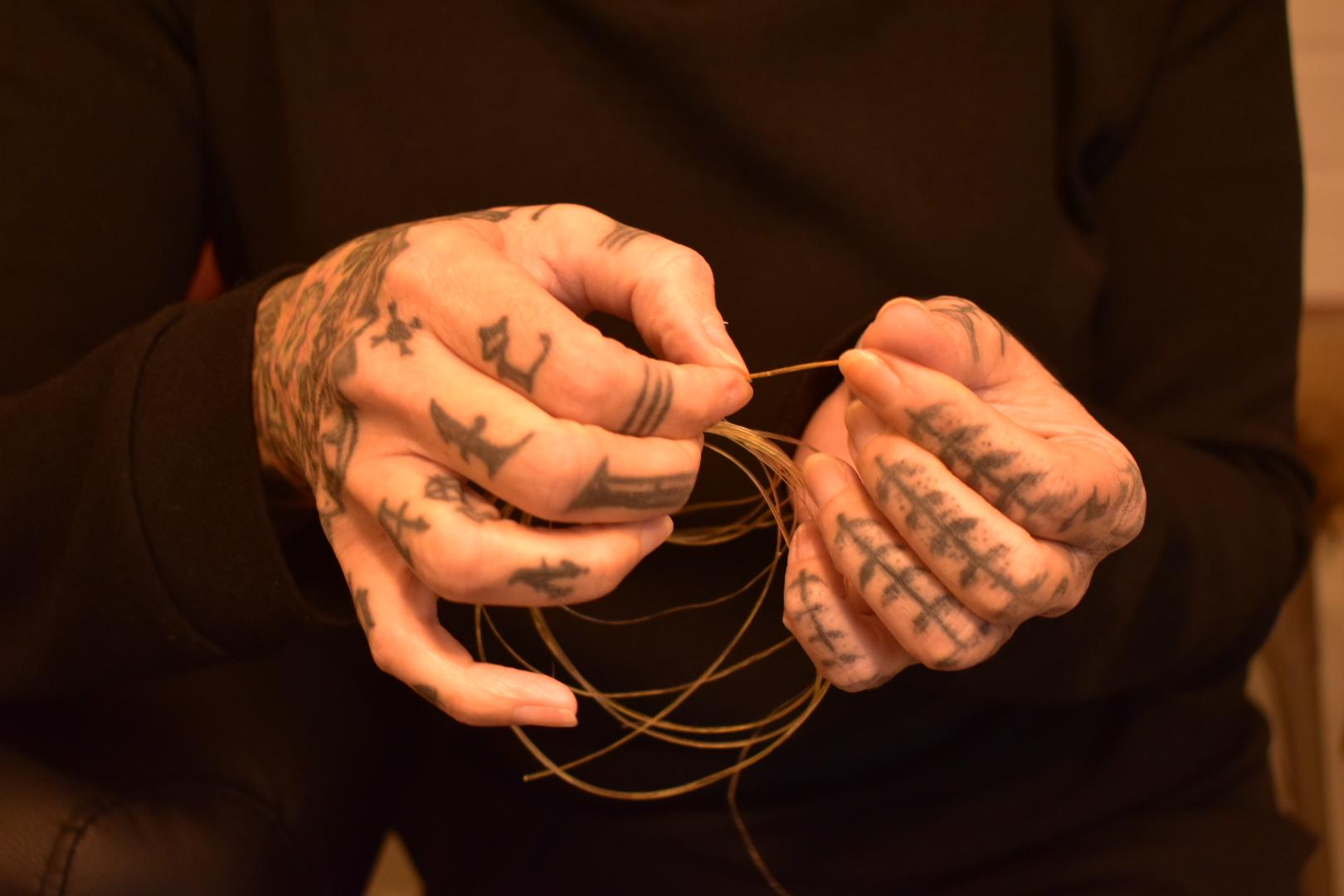
The tattoos were most often made as linear patterns across the brow and vertical lines on the chin made by using both a puncture or dot technique and a sewing technique. The latter technique consisted of pulling sinew dipped in soot under the skin with a needle made of animal bone, curator Johansen said.
A ‘third culture’ in Denmark
Maya Sialuk Jacobsen is one of about a dozen Inuit tattoo artists across the globe reviving this traditional art. To her knowledge, she’s the only artist of Inuit descent re-creating these tattoos in Denmark today — and it was she who created Christensen’s tattoos.
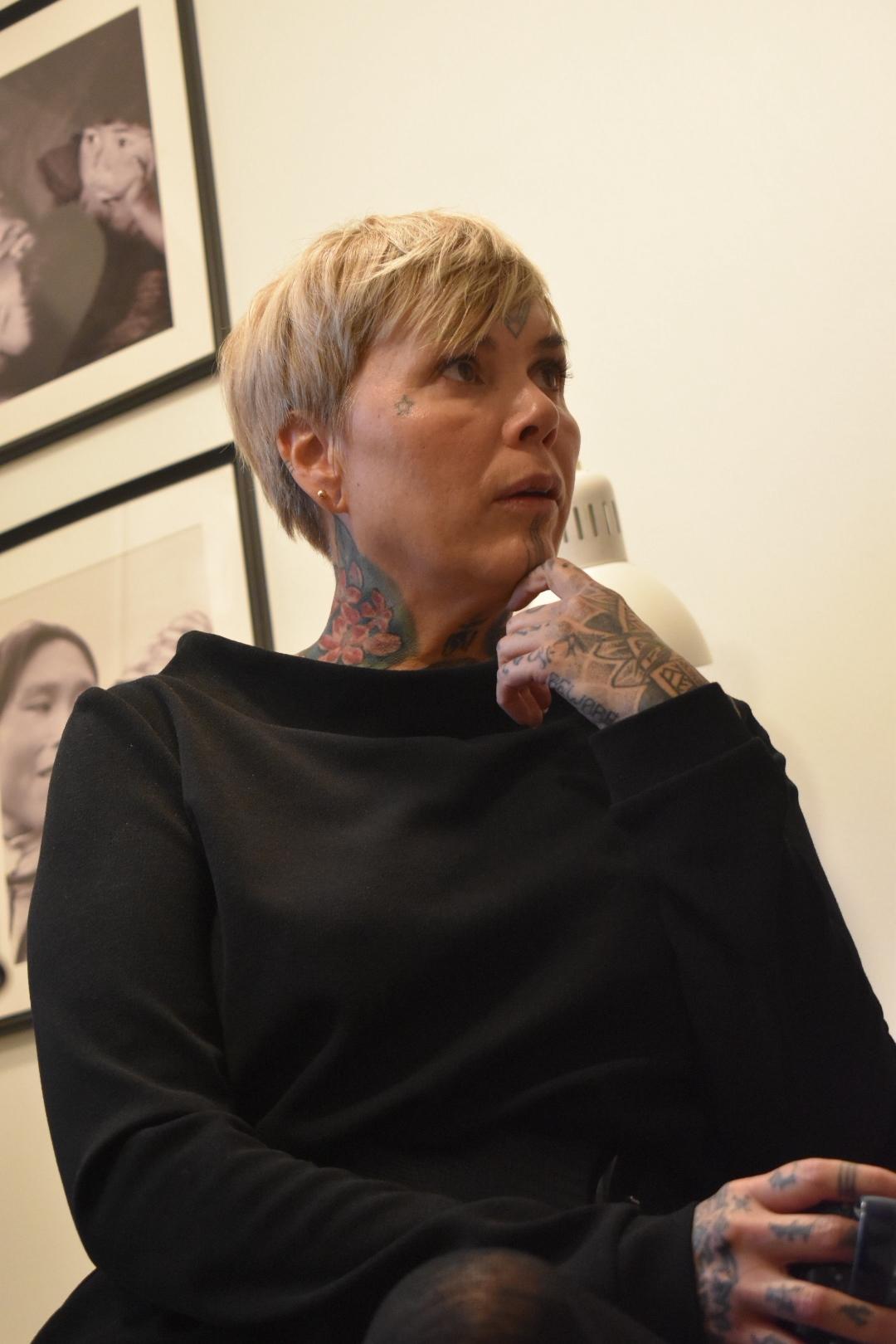
The community is fairly small in Denmark and not well-defined demographically. According to StatBank Greenland, there are a little under 17,000 people born in Greenland currently living in Denmark. But community leaders, including from the Greenlandic House of Aalborg, aren’t even sure about the exact number of Inuit in Denmark. The number of self-identifying Inuit could be even higher, due to the presence of third-culture community members, who are partially Inuit.
“I basically only tattoo that third culture here,” Sialuk Jacobsen said. “It’s basically identity work all the time.”
Many come to her with a feeling of sadness, in search of a sense of belonging, she said.
“They need to talk about these things, and to learn about the culture, they just want to learn. They just want to know about the religion, they want to know about the patterns.”
While Sialuk Jacobsen said she uses inks and needles approved for tattooing on clients in Denmark, her research into the traditional techniques has included experimental tattooing on herself, and using her own right leg as her test area to reconstruct authentic methods of inking up.
But in Denmark, finger, hand and face tattoos are prohibited (though it’s not illegal in Greenland). So, Sialuk Jacobsen is limited to tattooing the rest of the body.
‘They’re about healing’
Christensen said that she often felt like an outsider in Greenland, because, among Inuit peers, she was perceived to be more Danish because of her Danish father.
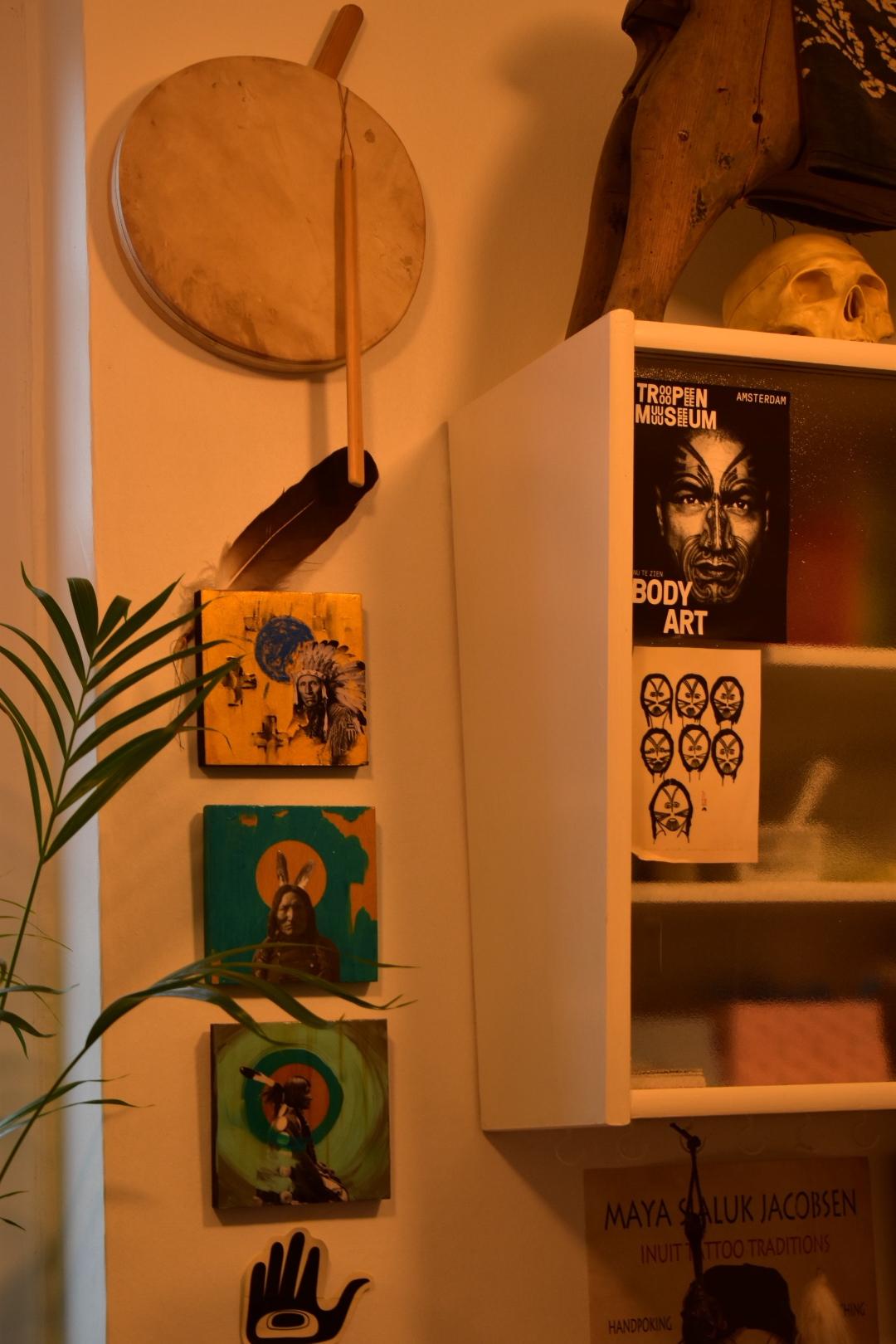
Greenlanders are overrepresented among Denmark’s homeless population — accounting for 7% of people experiencing homelessness, according to VIVE.
In recent years, Denmark’s colonial past came under public scrutiny.
For her master’s degree, Christensen looked into a form of “modern boarding schools.” She found that Inuit children in Denmark are more likely than Danish children to be taken away from their families and placed in foster homes, which are almost always Danish families.
“They learn to speak Danish, and there isn’t any focus on the Greenlandic language, so they lose their Greenlandic language. And when the parents only speak Greenlandic, they can’t talk to each other without an interpreter.”
Christensen, who has become an activist through her research, believes the government should make it at least mandatory for Inuit children living in foster care to have lessons on Greenlandic. Or, better yet, follow the example of Australia, where Aboriginal children in need of foster care are required by law to be placed in an Aboriginal family.
The problem in Denmark, she said, is that being raised by a Danish family means losing that Indigenous identity.
For her personally, it’s important for her children to keep that identity. Her tattoos help do that.
“They’re about healing,” she said. “I was thinking that I would like … my own people, my fellow Greenlanders, to heal because I know a lot of Greenlanders are struggling.”
Her daughter, Niviaana, 7, draws that same tattoo on herself with markers, she said. “She always draws on her hands, and makes the same patterns as on my hands.”
Her daughter often asks: “When can I get permanent drawings on my fingers?”
“She’s very proud to be a Greenlander,” Christensen said.
